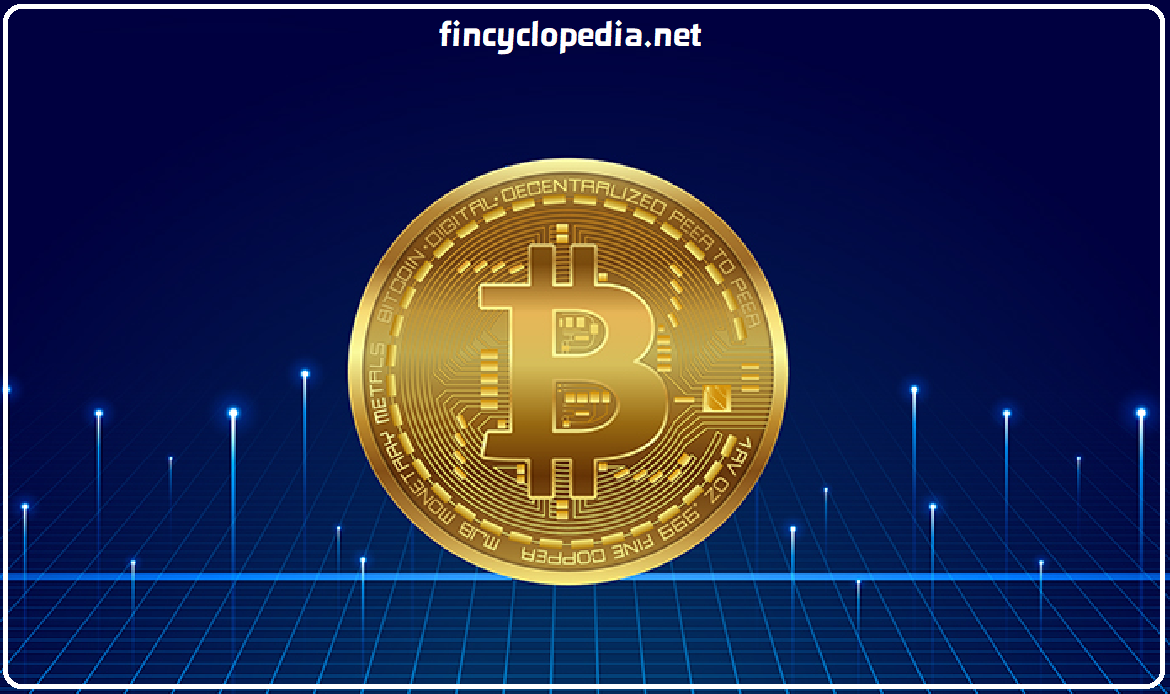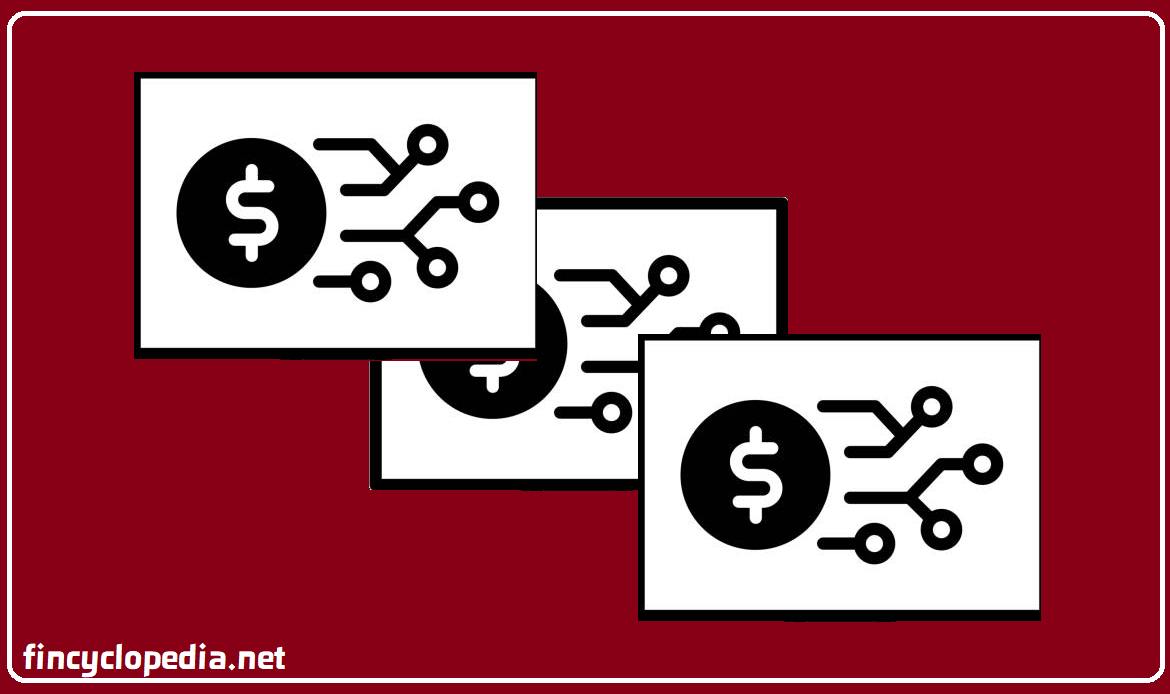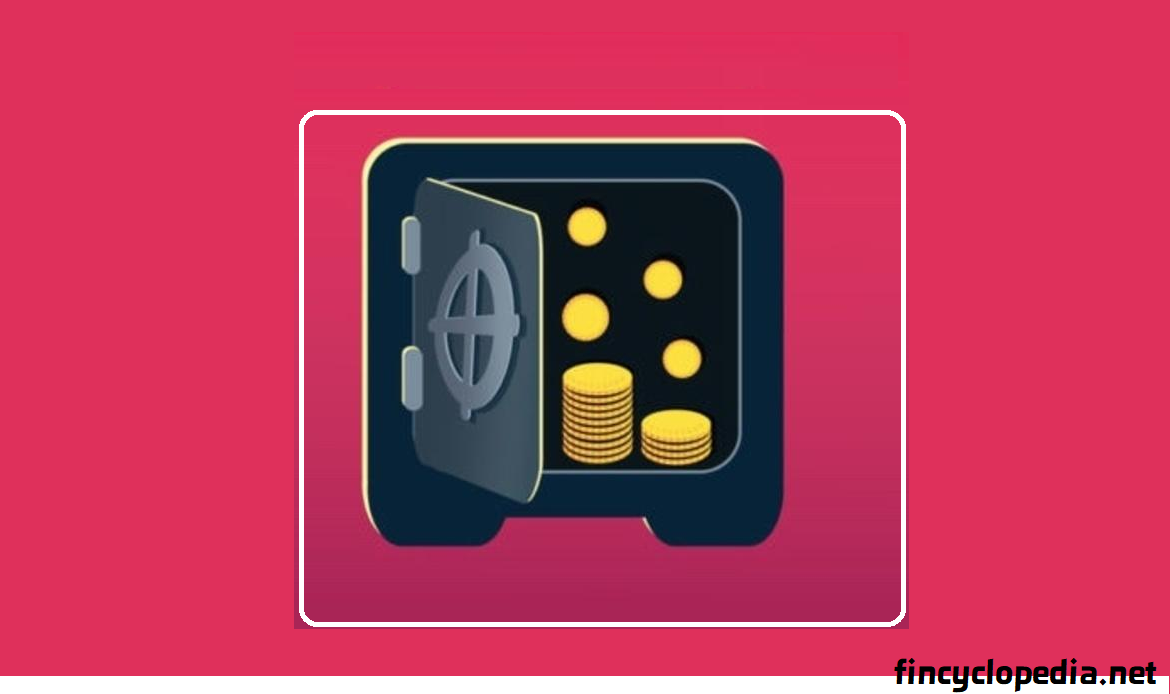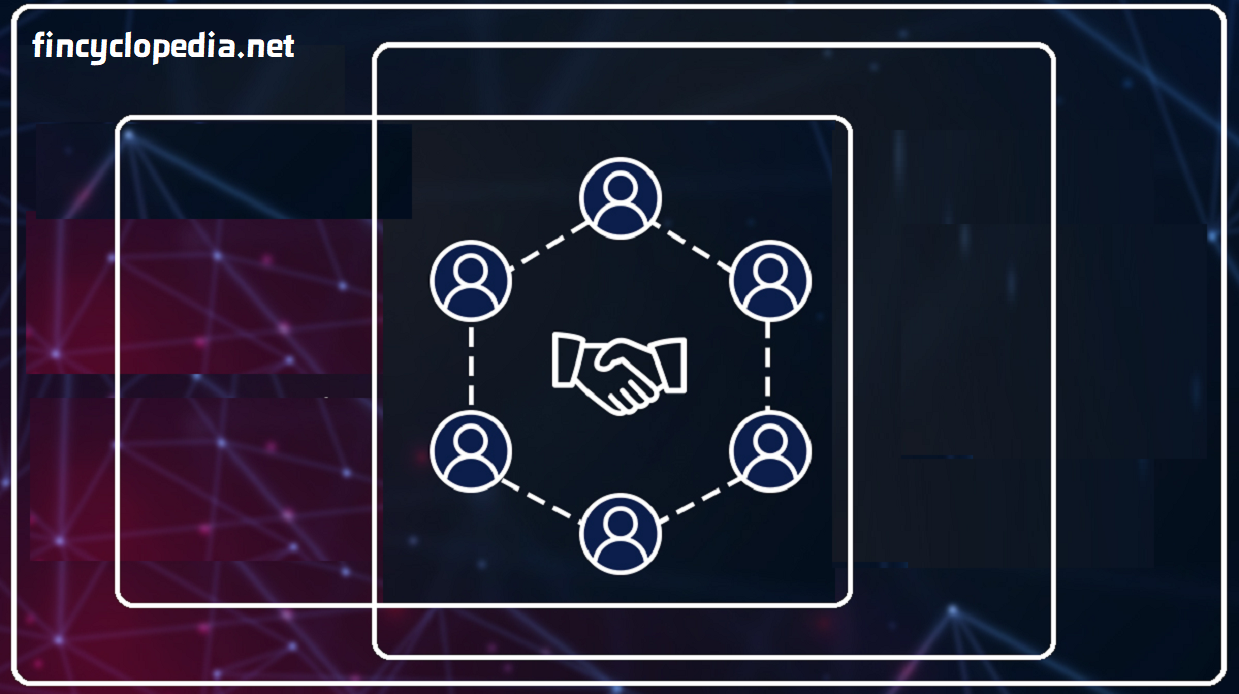
A digital asset that is the primary digital coin of a specific blockchain or network. Native assets are created on a blockchain, and hence are considered native (or integral) to the network where it is issued. By nature, it is perceived to be a blockchain’s inherent digital representation (currency or token). The purpose or main function of such assets vary according to each asset’s specific nature. Crypto native assets can be digital tokens or cryptoassets specific to a blockchain ecosystem, such as Ether (ETH) on Ethereum, serving certain functions within the blockchain network.
Native assets are digital representation of digital assets such as tokens, nonfungible tokens (NFTs), badges, pool units, and much more. These assets are produced by means of a process known as native asset staking. Similar to the basic form of assets, native assets are local resources that are created on a network for facilitation of its own functioning. Native assets are considered the basis of a network’s asset-oriented type of smart contracts. They carry enormous benefits for the network in terms of ease and security and providing the underpinnings for the development of different forms of tools such as dApp and wallets. Native assets are built directly into their blockchain as an integral part of that blockchain’s protocol and is created, managed, and transferred using the blockchain’s applicable norms and rules.
Furthermore, the functioning and data that make different kinds of assets unique are all defined and coded in the resource configuration of a native asset as a distinct creature on the network– not in complex smart contract code. A network can account for full range of asset types (e.g., soulbound tokens or rental NFTs), by making deployed tools directly able to read each asset’s configuration and operate accordingly. For example, the data associated with an NFT is all embedded and visible in the wallet, without the need to obtain the same from a third party.
An example is bitcoin (as a coin or currency), which represents the native asset of the Bitcoin blockchain. Similarly, ether is the native asset of the Ethereum blockchain. Native assets on a given network have their unique features and objectives, usually enabling transactions and smart contracts on their respective platforms. Native assets can play many roles, including that of a currency- i.e., serving as a medium of exchange, a store of value, or a unit of account. Certain types of assets can also support a network governance, allowing users or participants to vote on protocol changes and improvements. As opposed to natives assets, non-native assets, like ERC-20 tokens on Ethereum, are only placed on top of the network and are not integral to its core functioning.
All Native Assets are, of course, held in user Smart Accounts. And Smart Accounts include the ability of the wallet cryptographically proving its control via a signed “challenge” (similar to logins using Personas). All an NFC tap has to do is pass such a challenge to the scanner, and the scanner can quickly verify that the holder of that phone has control of the Smart Account that holds the Native Asset in question.
Native tokens as native assets
A native token is the primary digital currency of a certain blockchain, and it helps the blockchain’s seamlessly operate. Native tokens facilitate transactions and are used as a means of payment for transaction fees. These tokens are also used to reward miners or validators who control and collectively run the blockchain. As opposed to non-native tokens, native tokens are integral to the core functions and operability of a network. In addition to its own tokens, a network may host non-native cryptocurrencies along with nonfungible tokens (NFTs) and many other smart contract-based tokens.
Native tokens help operate multiple applications running on their respective blockchains. These tokens are exchanged in everyday transactions and also as currency for payment of smart contract implementation. Network participants also receive native tokens for their roles in validating and secure the blockchain. In the domain of decentralized applications (dApps), native tokens represent the primary currency for transactions, governance (governance tokens), and granting rights and privileged for specific features. In DeFi, native tokens allow participants to lend and borrow, buy and sell without third-parties or intermediaries.
Native assets are also called protocol assets, intrinsic asset or built-in asset.






